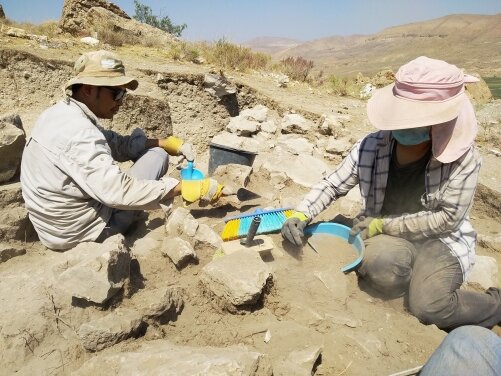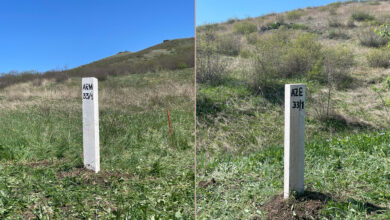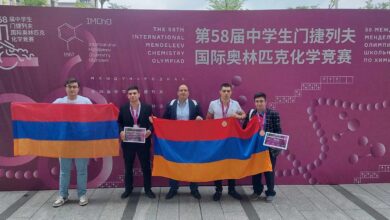
A team of researchers and students from HKU unearthed huge storage jars, animal bones and fortress walls from 3,000 years ago in Armenia as they initiated the Ararat Plain Southeast Archaeological Project (APSAP) during the summer of 2019, the University of Hong Kong said.
APSAP is a collaborative research project between HKU and the Institute of Archaeology and Ethnography of the Republic of Armenia’s National Academy of Sciences. Dr. Peter J. Cobb, assistant professor in the Faculties of Education and Arts, directs the project in collaboration with Artur Petrosyan and Boris Gasparyan of the Armenian Institute. The Institute’s Hayk Azizbekyan helped coordinate all aspects of the project.
The project, expected to last for at least five years, aims at understanding human life and mobility in the ancient landscapes. It investigates the area around Vedi, Armenia, at the southeast edge of the wide and fertile Ararat Plain.
“The Vedi river valley has formed an important transportation corridor throughout history and we want to understand how people lived in and moved through this landscape in the past,” said Dr. Cobb.
The main focus was a major excavation at a site in the middle of the valley called the Vedi Fortress. The site preserves huge ruined fortification walls up to four meters high, with a central rectangular defensive tower. Two long series of fortification walls protected an inner “keep” of a citadel. The walls date to the Late Bronze and Iron Ages of 1500-500 BC. The site has been reused multiple times, including during the Medieval period of 800 years ago.
The research team dug three trenches on the site, making exciting finds of huge storage jars, walls of buildings, and a variety of fascinating artifacts including animal bones discarded from meals.








